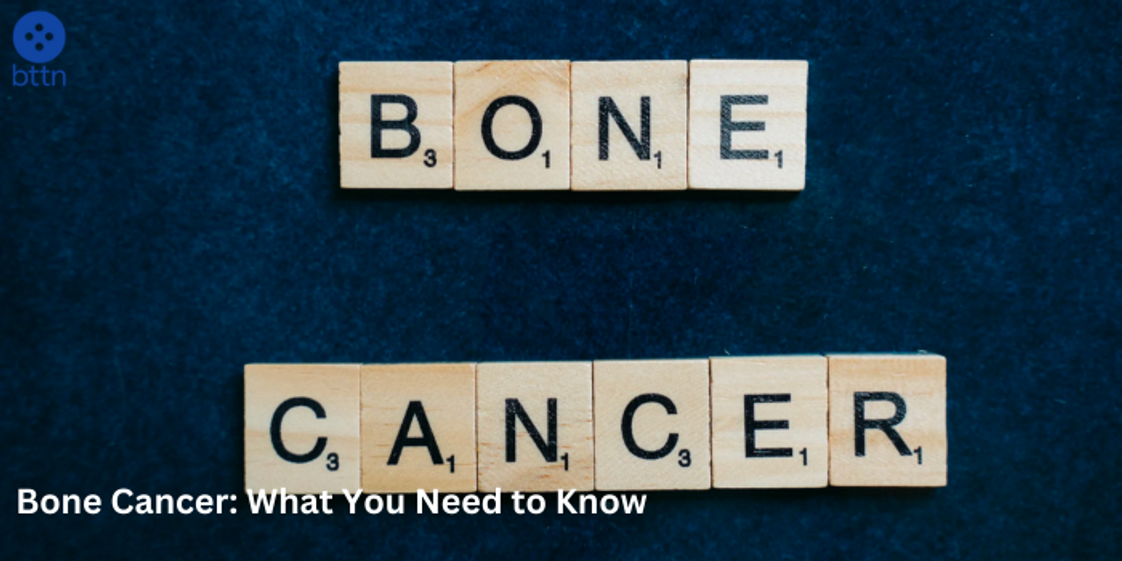
Bone Cancer: What You Need to Know
Posted by Pankaj Dhiman on Feb 2nd 2024
Bone Cancer: What You Need to Know
Bone cancer, though relatively rare, can be a daunting and complex diagnosis. Whether you're concerned about yourself or a loved one, understanding the basics of this disease is crucial. This blog aims to empower you with knowledge about bone cancer, from its types and symptoms to diagnosis, treatment options, and available support resources.
Must Read: Heart Health in Winter: A Guide to Navigating the Cold for a Resilient Heart
Understanding Bone Cancer:
Firstly, it's essential to differentiate between primary bone cancer and secondary bone cancer.
- Primary bone cancer, or bone sarcoma, originates in the bones themselves. This is uncommon, accounting for less than 1% of all cancers.
- Secondary bone cancer occurs when cancer from another part of the body, such as breast, lung, or prostate, spreads (metastasizes) to the bones. This is significantly more common.
Must Read: Neuromuscular Disorders: Types, Symptoms, Diagnosis & Treatment Options
Types of Primary Bone Cancer:
Several types of primary bone cancer exist, each with its characteristics and treatment approaches. Here are the most common:
- Osteosarcoma: The most frequent type, often impacting adolescents and young adults. It develops in cells that form new bone tissue.
- Ewing sarcoma: Another prevalent type, primarily affecting children and young adults. It can occur in bones or soft tissues surrounding them.
- Chondrosarcoma: Starts in the cartilage cells within bones, more common in adults.
Symptoms to Watch Out For:
Early detection is crucial for optimal bone cancer treatment outcomes. Be aware of potential symptoms, including:
- Persistent pain in a specific bone, often worsening at night or with activity.
- Swelling or tenderness around the affected bone.
- Bone fractures that occur easily.
- Fatigue, weight loss, and fever (may be present in some cases).
Must Read:
Diagnosis and Treatment:
If you experience any concerning symptoms, consult your doctor immediately. Diagnosis typically involves various tests, including X-rays, CT scans, MRIs, and biopsies.
Treatment options depend on the cancer type, stage, and individual factors. Common approaches include:
- Surgery: Removing the cancerous tumor and surrounding tissue is often a primary treatment strategy.
- Chemotherapy: Powerful drugs are used to kill cancer cells throughout the body.
- Radiation therapy: High-energy beams target and destroy cancer cells.
Living with Bone Cancer:
A bone cancer diagnosis can be overwhelming, but remember you're not alone. Numerous resources and support groups can guide you through this journey. Some valuable organizations include:
- The American Cancer Society:https://www.cancer.org/
- The National Cancer Institute:https://www.cancer.gov/
- The Bone Cancer Research Foundation:https://www.bcrf.org/
- The Children's Oncology Group:https://www.childrensoncologygroup.org/
Remember:
- Early detection is key. Don't hesitate to seek medical attention if you experience concerning symptoms.
- Knowledge is power. Educate yourself about bone cancer types, symptoms, and treatment options.
- Support is available. Don't go through this alone; connect with support groups and organizations.
By staying informed and connected, you can navigate the challenges of bone cancer with greater strength and hope.
